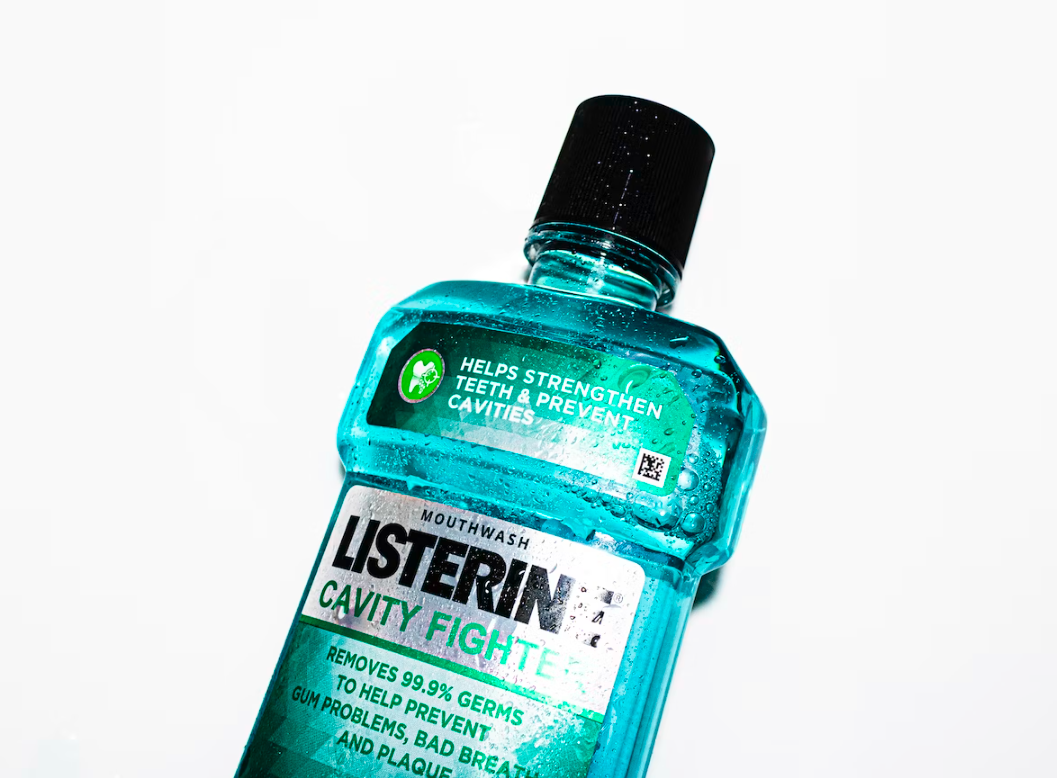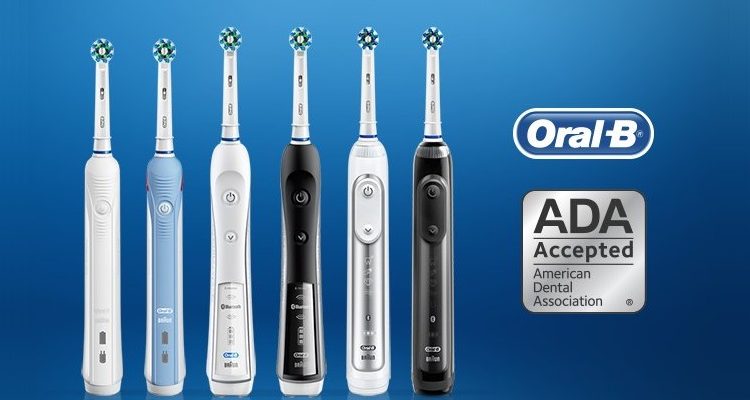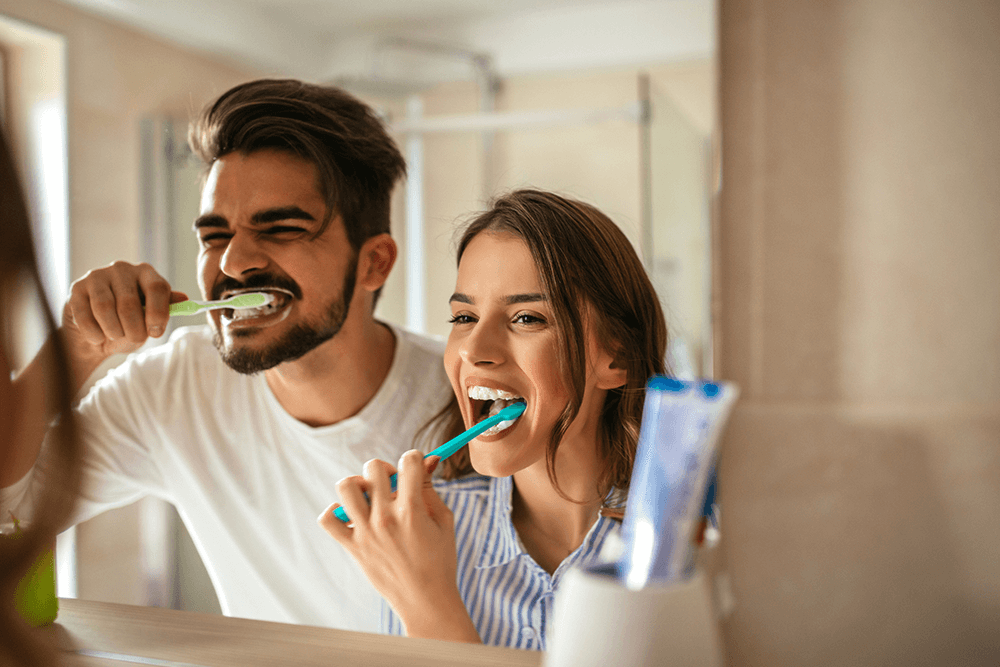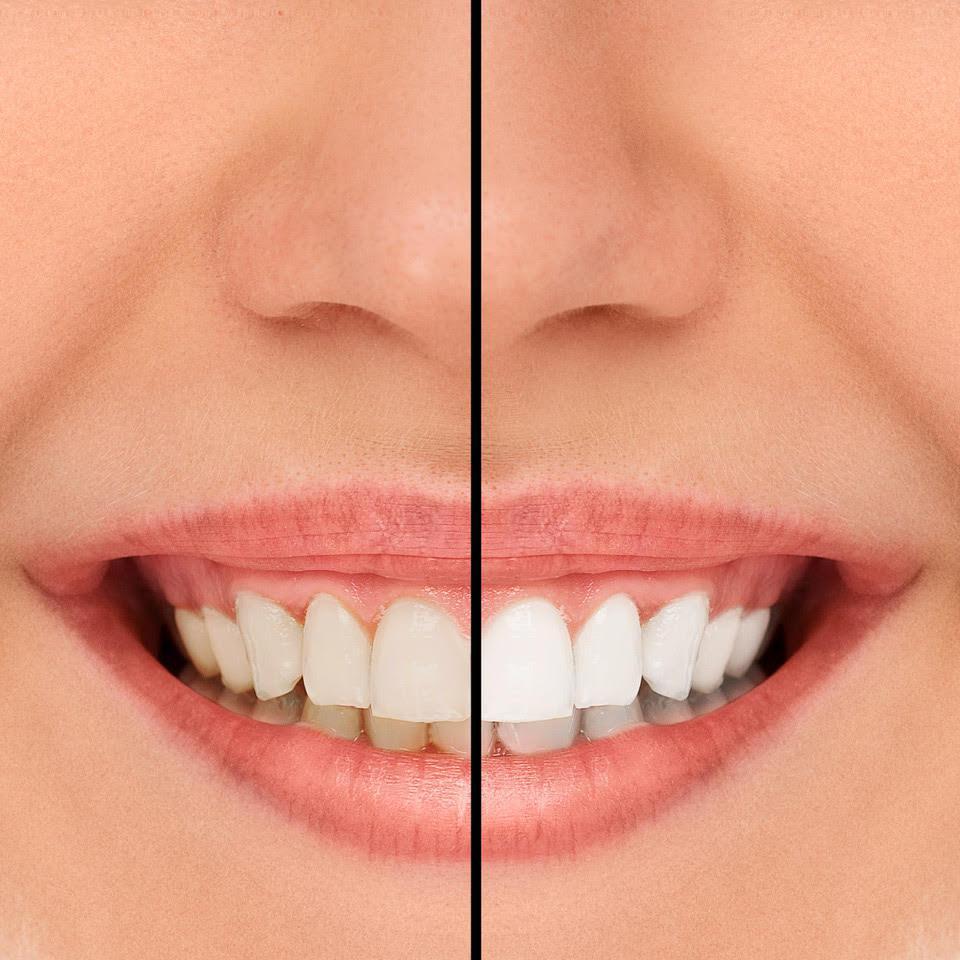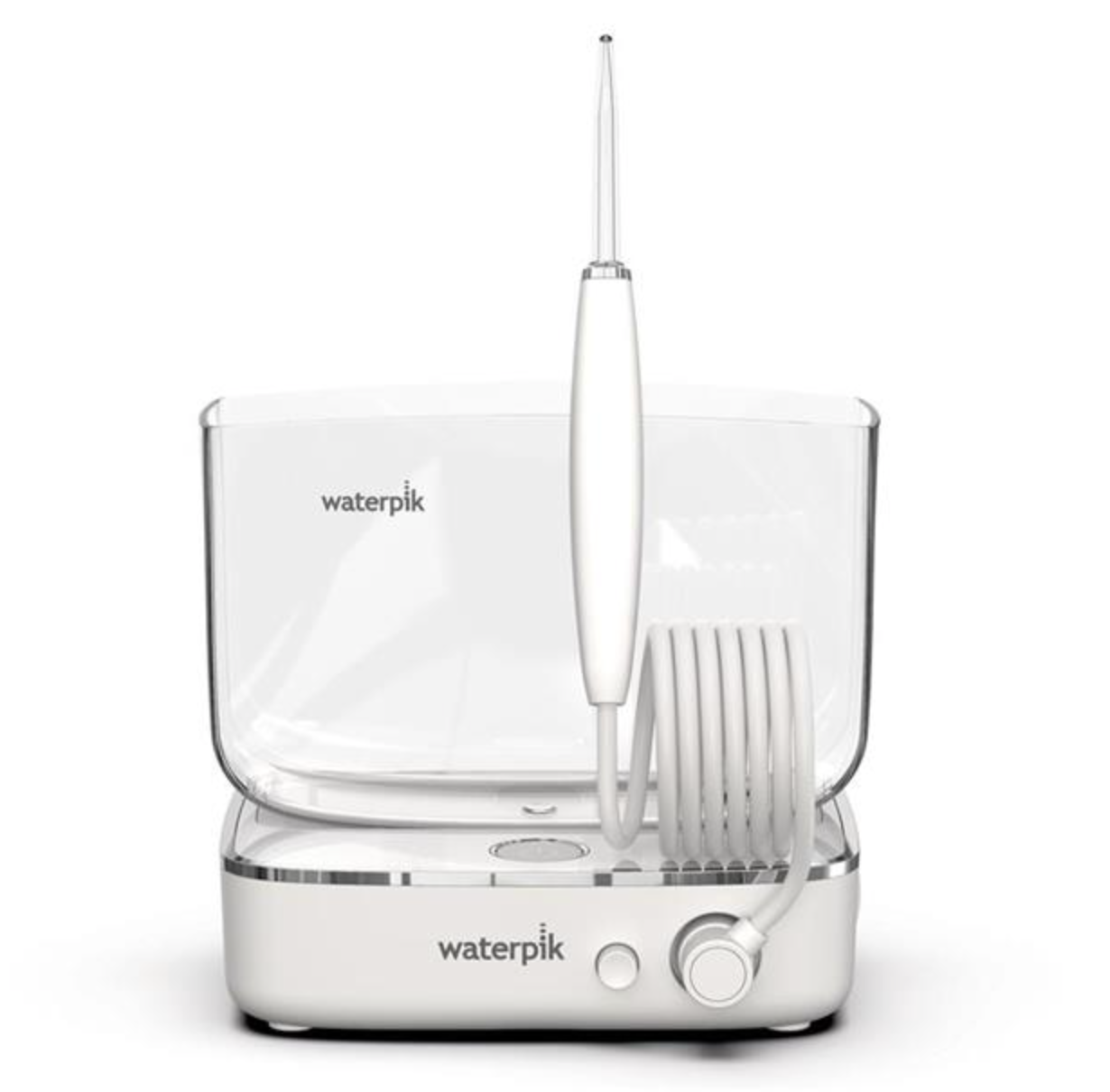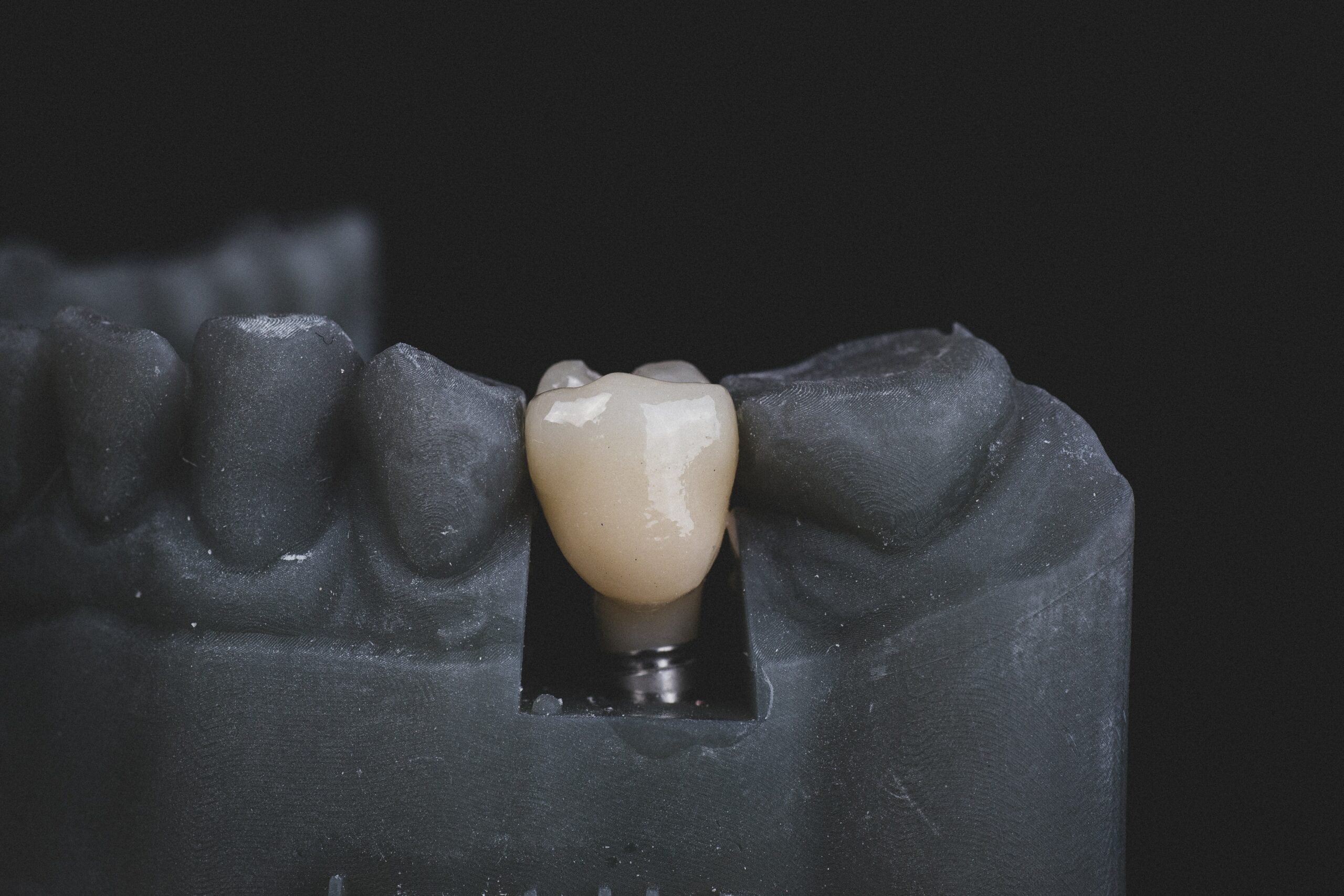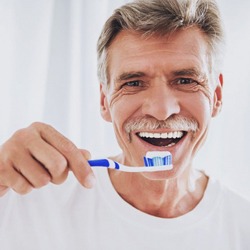Maintaining good oral hygiene is crucial for overall health and well-being. Mouthwash is a widely-used oral care product that helps to clean the mouth, freshen the breath, and kill bacteria. However, many people wonder whether or not mouthwash can expire. In this article, we’ll discuss the shelf life of mouthwash, how to determine if it has expired, and whether or not it loses its effectiveness after it has expired.
Where Is The Expiration Date On Mouthwash?
The expiration date of mouthwash is typically located on the bottom or back of the bottle. Some brands may not have an expiration date, but they will have a manufacturing date or lot number. It’s important to check the date and store the mouthwash properly to ensure that it remains effective.
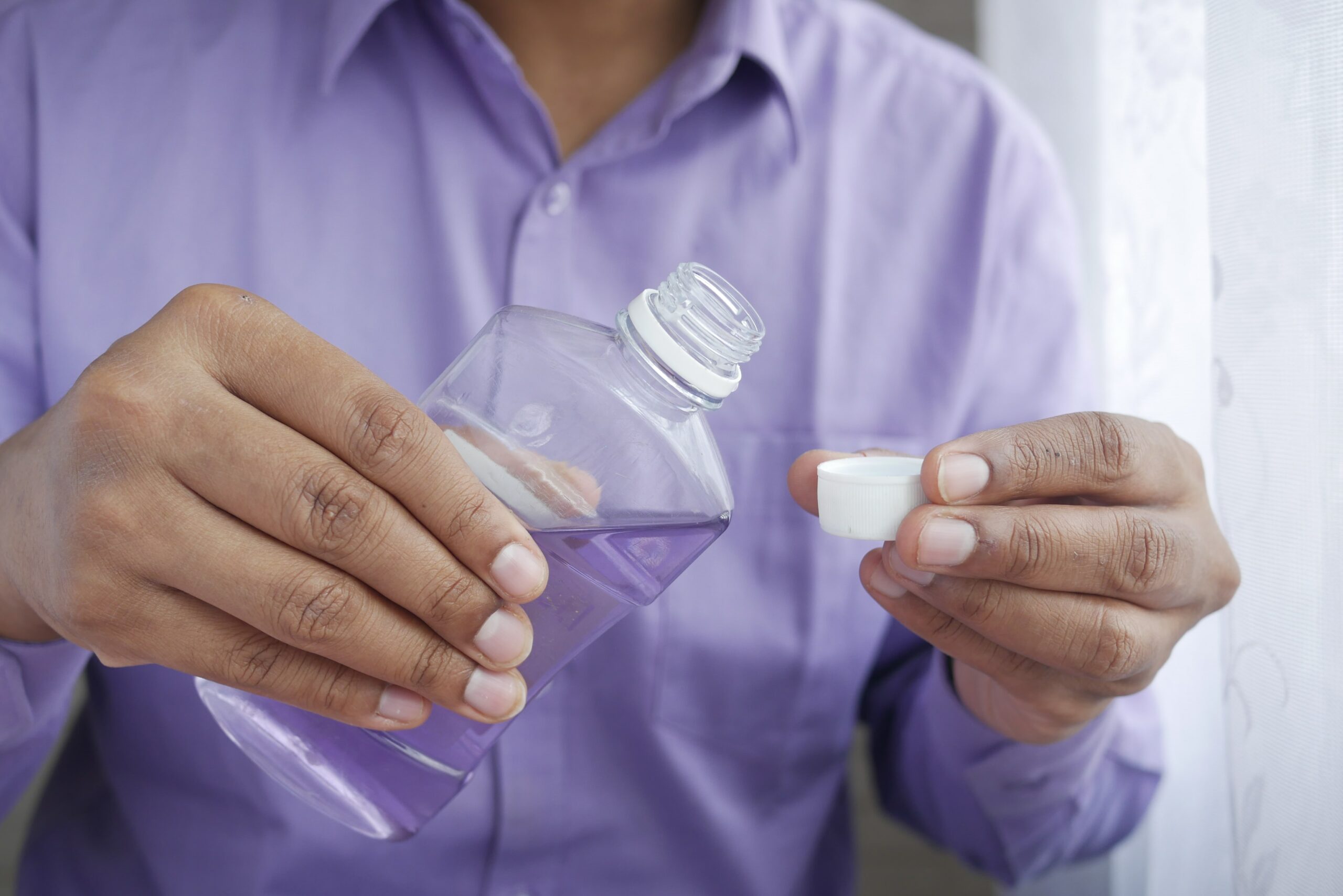
How Long Does Mouthwash Last?
The shelf life of mouthwash can vary depending on the specific product and how it is stored. Unopened mouthwash can last up to three years if stored correctly. However, once opened, it can start to lose its effectiveness within six months to a year. Therefore, it’s essential to use the mouthwash within this recommended timeframe.
Does Mouthwash Lose Its Effectiveness After It Expires?
Expired mouthwash can lose its effectiveness in several ways. Over time, the active ingredients in the mouthwash can break down and degrade, leading to a loss of effectiveness. Additionally, exposure to heat or sunlight can cause the mouthwash to break down and lose its effectiveness.
One sign that mouthwash may have expired is a change in color or consistency. The mouthwash may appear cloudy, discolored, or have visible particles. The odor or taste of the mouthwash may also change, or it may have an off-putting smell. In some cases, expired mouthwash may even contain mold or other visible contaminants.
Using expired mouthwash may not effectively kill bacteria or freshen breath. Moreover, it can potentially lead to oral health problems, as it may contain harmful bacteria that can cause tooth decay and gum disease. It’s essential to discard any expired mouthwash to avoid potential health problems.
Conclusion
Maintaining good oral hygiene is essential for overall health and well-being. Mouthwash is a widely-used oral care product that helps to clean the mouth, freshen the breath, and kill bacteria. While mouthwash does not have an expiration date, it can expire or lose its effectiveness over time. Proper storage is essential for extending the shelf life of mouthwash, and people should look for signs that the product has expired before use. By following proper storage guidelines and using mouthwash within the recommended time frame, people can continue to maintain good oral hygiene and fresh breath. Additionally, it’s important to discard expired or old mouthwash to avoid potential oral health problems.
